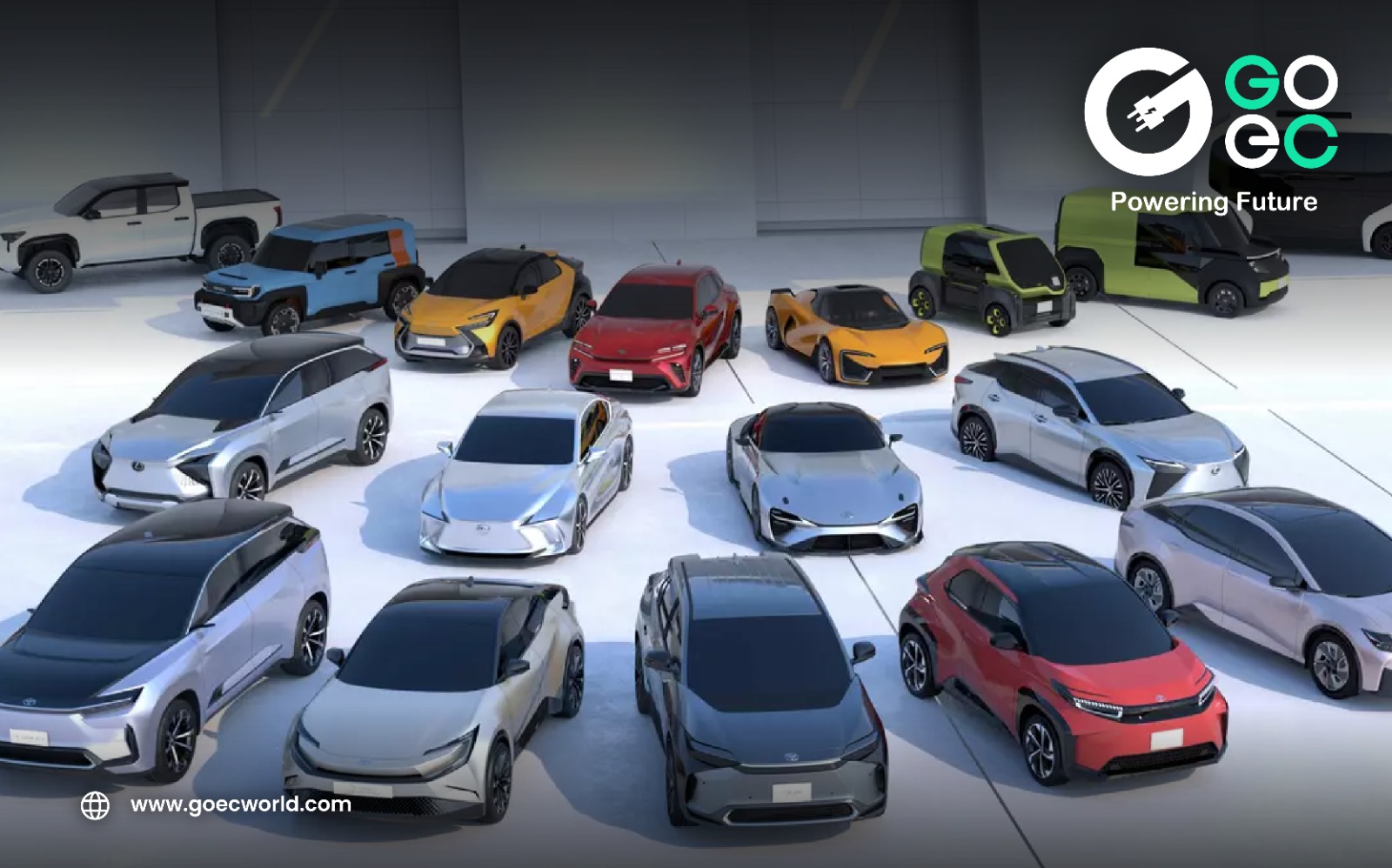In the bustling streets of India, a quiet revolution is underway—one that promises cleaner air, quieter roads, and a more sustainable future. Electric vehicles (EVs) have taken centre stage, steering the nation towards a greener tomorrow. Picture this: a million EVs gracing Indian roads in just nine months, a feat that previously took a full year. It’s not just a shift in gears; it’s a transformative journey that’s shaping the nation’s transportation landscape.
The Spark of Change
The Indian government’s ambitious goal to increase the share of EVs in various vehicle segments by 2030 has ignited a spark of change. Aiming for 80 million EVs on the roads by the end of the decade, India is setting the stage for a monumental shift. This commitment aligns with the global chorus for sustainable transportation, echoing the urgent need to combat climate change.
Accelerating Growth
The numbers tell a compelling story. The Indian EV market is projected to skyrocket from USD 3.21 billion in 2022 to a staggering USD 113.99 billion in 2029, marking a phenomenal compound annual growth rate of 66.52 percent. The electric buzz isn’t confined to vehicle sales alone; the EV battery market is set to surge from $16.77 billion in 2023 to an impressive $27.70 billion by 2028.
In the fast lane of this growth are fleet operators, contributing a substantial 25 percent to the EVs sold in 2022. The two-wheeler segment leads the charge, accounting for 56 percent of total EV sales, with three-wheelers and passenger vehicles following closely behind.
Charging Towards the Future
Key to this revolution is the charging infrastructure that’s cropping up across the nation. Thousands of charging stations are already operational, with plans to construct even more. The Confederation of Indian Industry (CII) emphasizes the need for a minimum of 1.32 million charging stations by 2030 to support the growing EV fleet. This translates to an ambitious annual installation of over 400,000 charging stations to maintain an ideal ratio.
Government Accelerators
Behind the wheel of this electric surge are government initiatives at both central and state levels. Programs like FAME India and Production-Linked Incentive schemes have been instrumental in fostering local production and spurring EV adoption. The ambitious target to switch all government vehicles to electric adds another layer of commitment.
Delhi, in a bid to combat air pollution, plans to transition 80 percent of its city buses to electric power by 2025. This means a monumental increase from 800 to a whopping 8,000 e-buses.
Global Impact
India’s EV revolution isn’t just a domestic affair ; it resonates globally .The nation’s growth, industry participation, and ambitious goals position is at the forefront of the international EV revolution. As India steers towards a sustainable and electric future, it becomes a beacon of inspiration and a tangible blueprint for other developing countries .
Conclusion
In the symphony of honks and bustling streets, India is rewriting its transportation narrative. The future belongs to electric vehicles, not just as a mode of transport but as a catalyst for change. As the wheels of progress turn, India’s journey towards an electric future is not just a drive towards sustainability but a roadmap for the world to follow. The EV revolution isn’t just a choice; it’s a necessity for a cleaner, healthier planet. The future is electric, and India is leading the charge.
